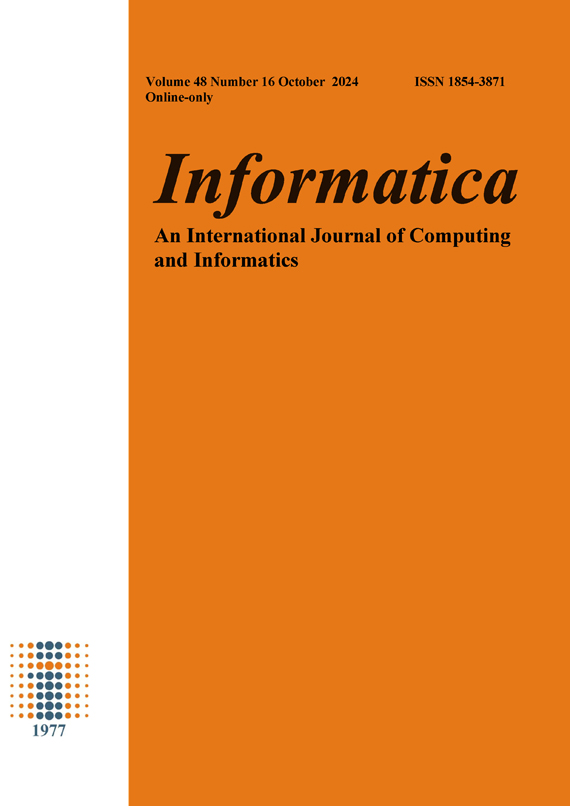Building Material Defect Detection and Diagnosis Method Based on Big Data and Deep Learning
DOI:
https://doi.org/10.31449/inf.v48i16.6433Abstract
Building materials in the use of the process will inevitably appear a variety of defects, such as cracks, corrosion, peeling, deformation, etc. How to overcome the shortcomings of traditional detection methods and improve the efficiency and accuracy of defect detection and diagnosis of construction materials is the hot and difficult point of current research. This paper uses big data and deep learning to construct a new method for defect detection of construction materials. This paper constructs a defective image database of construction materials containing 100,000 images, 8 types of construction materials, and 12 types of defects. The article combines deep learning models such as deep neural networks, CNNS, and attention mechanisms to construct a framework for defect detection and diagnosis. This paper verifies the conclusions of the article through empirical analysis, and the model of the article outperforms the existing models in several evaluation indexes. It realizes automatic, fast and accurate detection and recognition of defective images of construction materials, as well as extracting and analyzing information such as the type, location, size and degree of defects, which provides an effective basis for subsequent defect assessment and repair.
Downloads
Published
Issue
Section
License
I assign to Informatica, An International Journal of Computing and Informatics ("Journal") the copyright in the manuscript identified above and any additional material (figures, tables, illustrations, software or other information intended for publication) submitted as part of or as a supplement to the manuscript ("Paper") in all forms and media throughout the world, in all languages, for the full term of copyright, effective when and if the article is accepted for publication. This transfer includes the right to reproduce and/or to distribute the Paper to other journals or digital libraries in electronic and online forms and systems.
I understand that I retain the rights to use the pre-prints, off-prints, accepted manuscript and published journal Paper for personal use, scholarly purposes and internal institutional use.
In certain cases, I can ask for retaining the publishing rights of the Paper. The Journal can permit or deny the request for publishing rights, to which I fully agree.
I declare that the submitted Paper is original, has been written by the stated authors and has not been published elsewhere nor is currently being considered for publication by any other journal and will not be submitted for such review while under review by this Journal. The Paper contains no material that violates proprietary rights of any other person or entity. I have obtained written permission from copyright owners for any excerpts from copyrighted works that are included and have credited the sources in my article. I have informed the co-author(s) of the terms of this publishing agreement.
Copyright © Slovenian Society Informatika








